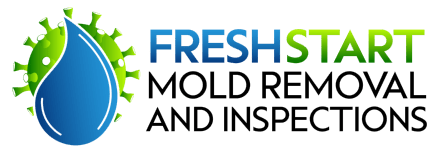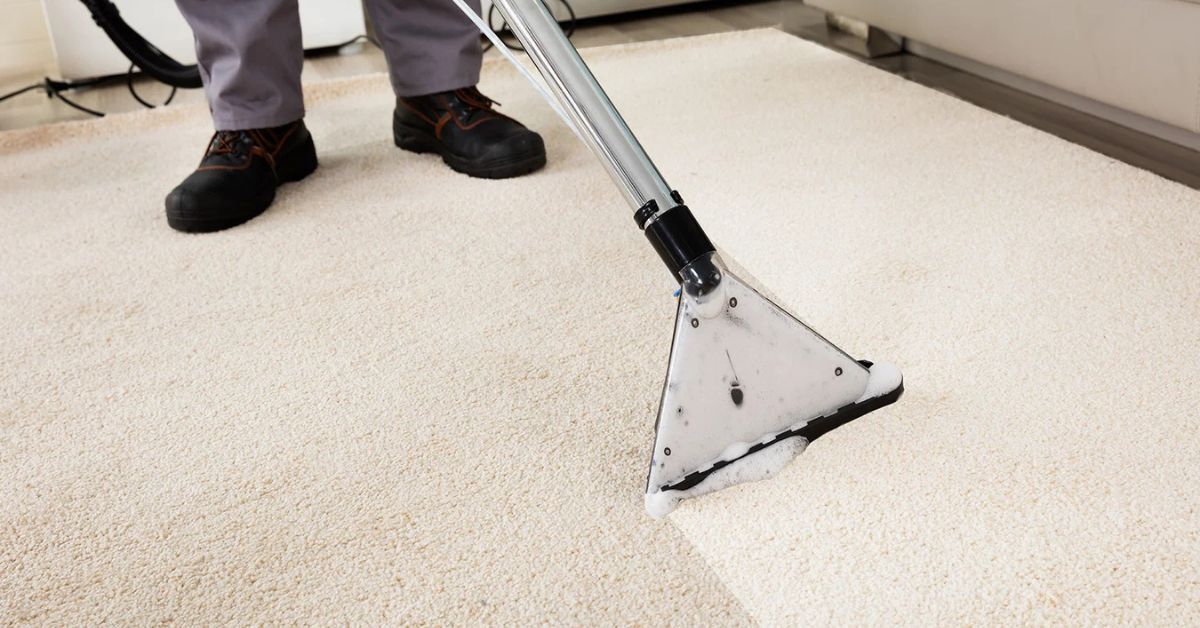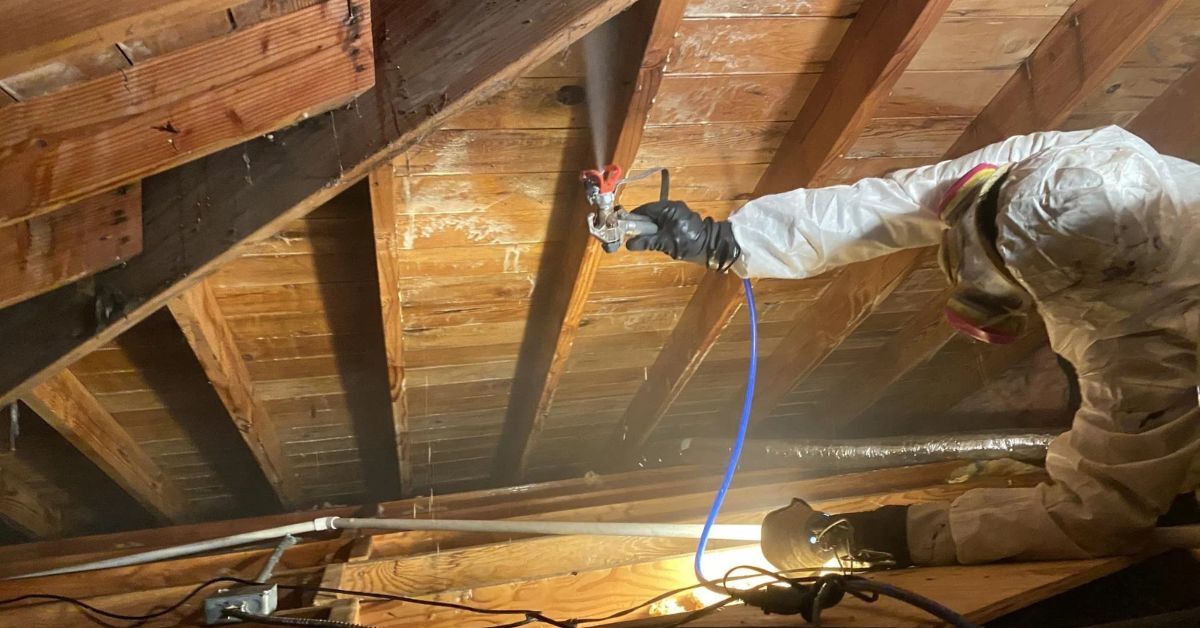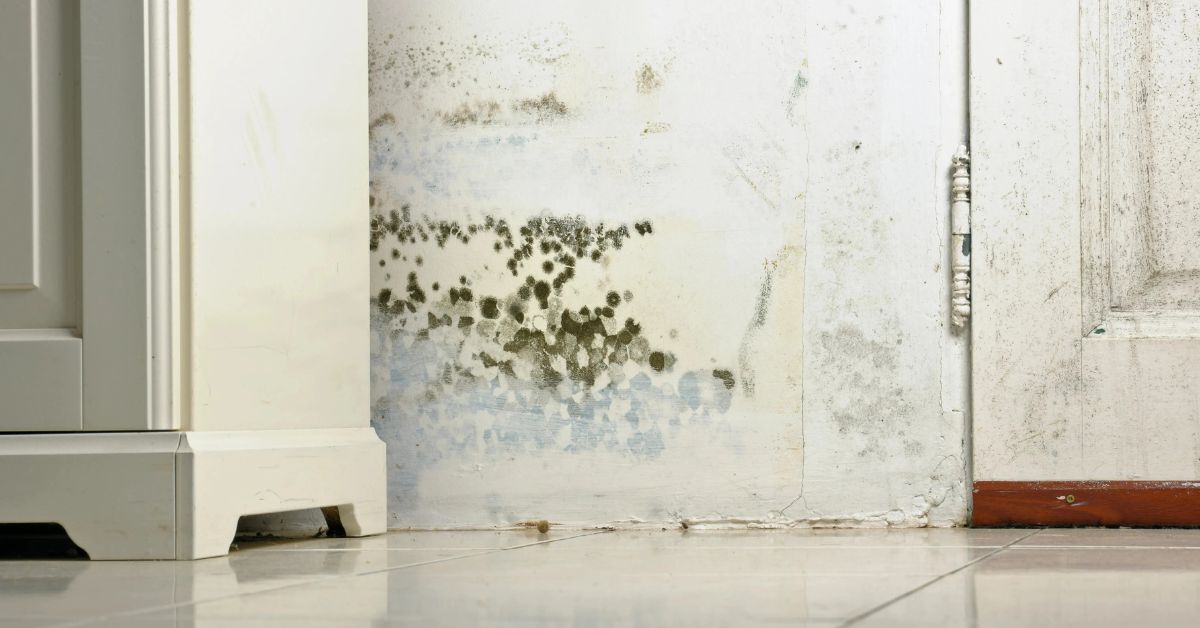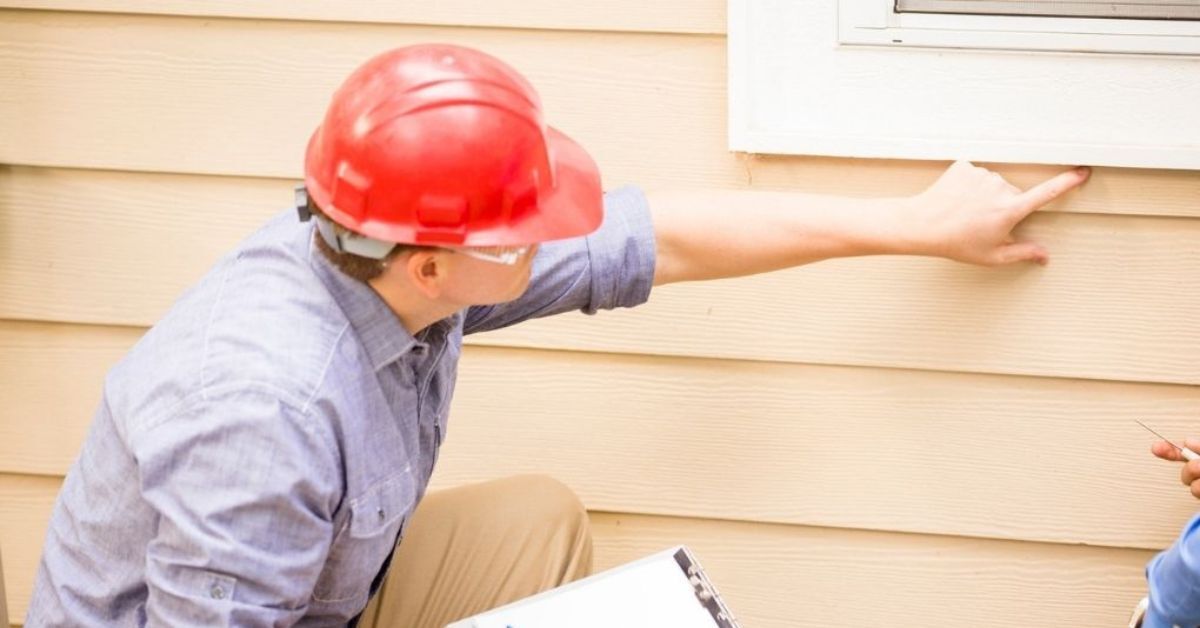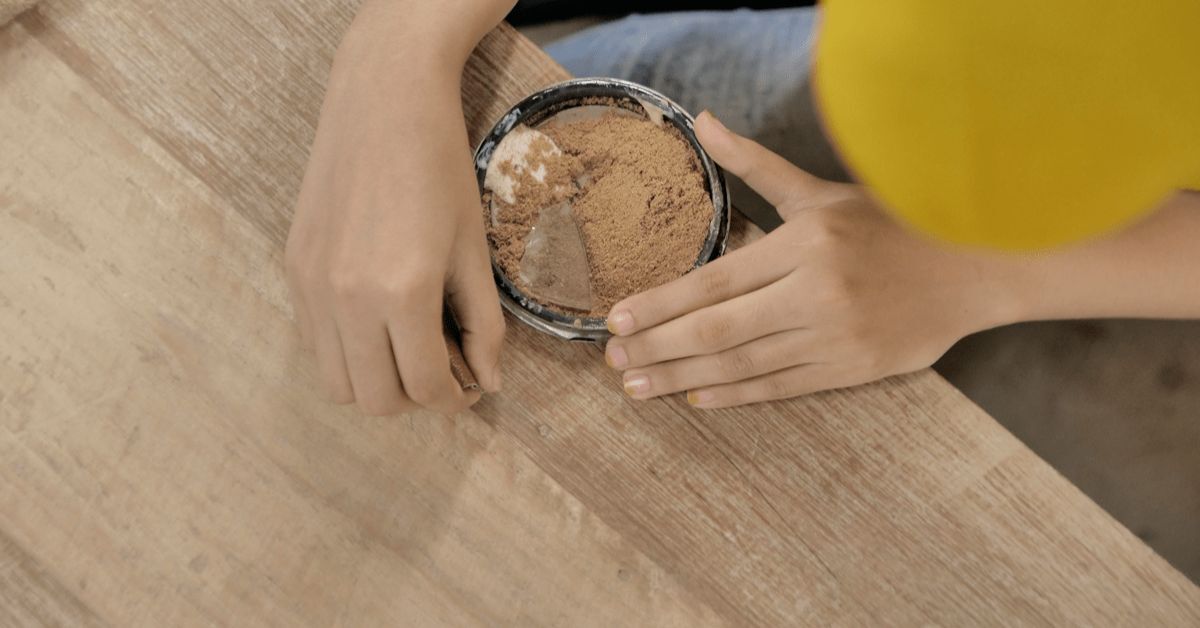Signs of mold under carpet can often go unnoticed until your health or home begins to suffer. If you’ve recently experienced a leak, a musty odor, or persistent allergies, you may be dealing with more than just dirty flooring. Understanding what happens during a professional carpet mold inspection can prepare you for every step and help you take timely, effective action. Read till the end to learn how to protect your home and your health.
The Hidden Danger Underfoot: Why Mold in Carpets Matters
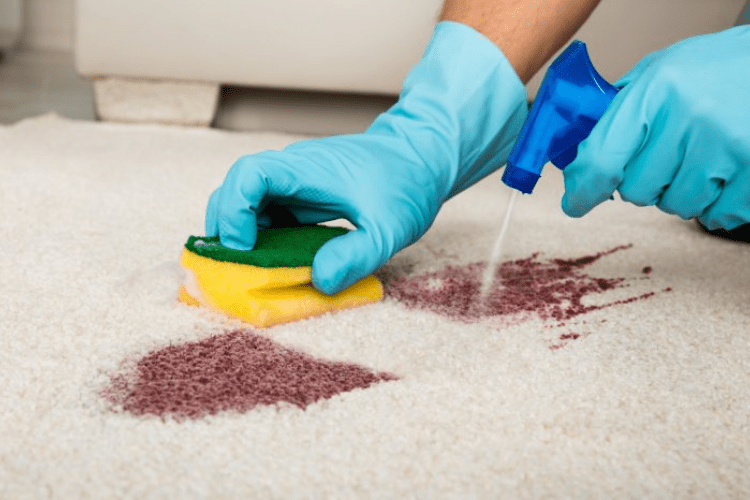
Mold growth in carpets can pose serious health risks and diminish the quality of your indoor environment. Left untreated, it can spread to nearby furniture, flooring, and even the air you breathe. Hiring a carpet mold removal service ensures surface-level cleaning and complete remediation for a healthier living space.
What Causes Mold to Grow in Carpets?
- Prolonged moisture or standing water
- Leaky plumbing or water heater issues
- Poor air circulation and ventilation
- Flooding or storm damage
- Improper use of spray for mold without moisture control
Before the Carpet Spray for Mold: Inside a Pro Mold Inspection
An expert inspection goes far beyond what the eye can see. Specialists utilize a range of scientific tools and techniques to identify and assess hidden mold growth, determining its extent and severity. Every step is focused on accurate detection and a reliable treatment plan.
1. Visual Inspection Initial
Inspectors will visually inspect for other signs such as stains or discoloration, or even warped carpet fibers. Inspectors would also examine areas such as corners, baseboards, and other spaces that are typically overlooked.
The carpet cleaning mold removal process is only effective when the mold has been sufficiently identified. That’s why trained professionals rely on more than just what they see to accurately diagnose the problem.
2. Moisture and Humidity Testing
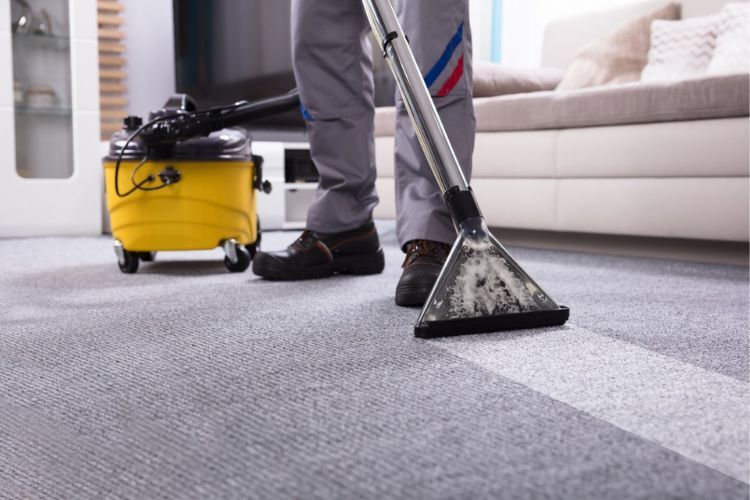
Excess moisture is the primary factor contributing to mold growth in carpets, so inspectors test for humidity levels in and under the rug. They use advanced meters that can detect dampness not visible to the naked eye.
Elevated humidity can also promote a breeding condition, even in basements or poorly ventilated environments. This is often the first test to reveal the possibility of moisture control or dehumidification before remediation can begin.
3. Air and Surface Sampling
With air cassettes and surface swabs, spore tests are conducted and sent to a certified lab for analysis, which establishes the species of mold present and the levels of contamination. This step guarantees that the detection of mold is thorough, including potential non-visible areas.
In addition to performing sampling to determine the presence of mold, professionals can compare the levels of spores in indoor air versus outside air and use this comparison to gauge the effectiveness of carpet cleaning and mold removal.
4. Use of Specialized Equipment
Inspectors use thermal imaging cameras to detect cold spots that may indicate the presence of moisture. They also utilize borescopes to peer into carpet padding and subfloors.
This technology ensures no area is missed. Whether the mold is embedded deep within the fibers or under heavy furniture, it’s essential to address mold in carpets.
Timeframes in Carpet Cleaning Mold Removal
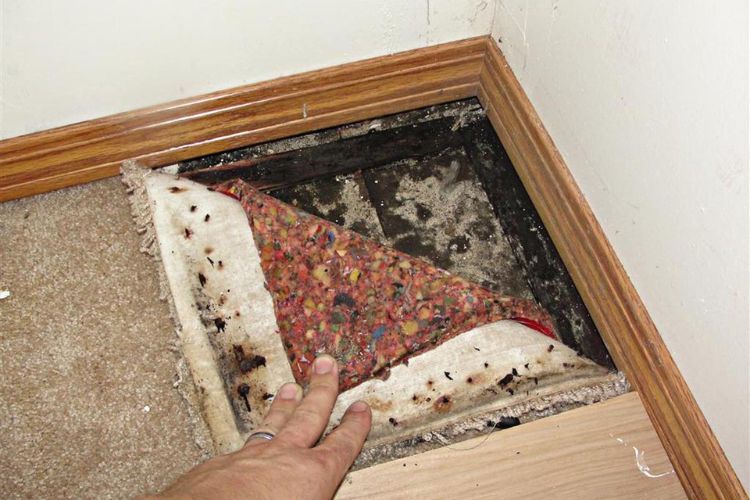
Signs of mold under carpet influence the time it takes for a full inspection. The average job takes between 1 to 3 hours, depending on the property’s size and contamination level.
- Small apartments: under 1 hour
- Average-sized homes: 1–2 hours
- Larger homes: 2–3 hours
- Severe mold cases: May require return visits
Behind the Fibers: How Inspectors Detect Mold in Carpets
A professional is trained to look for a wide range of issues during a carpet inspection. By knowing what they are looking for, homeowners understand the process and what they can expect.
The mold inspection cost is likely assessed using these key inspection indicators:
- Discoloration & staining: Any discoloration of carpet can indicate surface mold.
- Odor: Musty, sour, elevated damp odor is indicative of fungal activity
- Hidden moisture pockets: Unseen water beneath carpet padding is a common contributor to mold.
- Elevated indoor spore levels can pose health risks, particularly for sensitive individuals.
After the Inspection: Is Carpet Spray Effective for Mold?
Once the inspection is complete, professionals provide a written report and walk homeowners through the following steps. This can include recommendations for treatment and prevention, as well as potential cleaning services.
1. Your Mold Inspection Report
You will see laboratory results, moisture readings, and pictures. Your documentation should also include:
- Areas that tested positive
- Recommended treatments, such as carpet spray for mold
- Recommended preventative measures to mitigate mold recurrences.
2. Suggestions for Remediation
The experts will advise you on whether it is safe to clean up yourself or if you need to hire a professional service. They will cover:
- If merely cleaning is adequate
- When to have your carpet and mold remediation
- How to handle humidity and ventilation
3. When to Replace vs. Clean Carpet
Not all mold in carpets can be cleaned; some requires replacement. Your inspector may recommend:
- Removal of severely damaged carpet and padding
- Deep cleaning if mold is isolated
- Air treatment to remove spores
Before Say Yes: Questions That Matter for Carpet Cleaning Mold Removal
Asking the right questions will save your time and ensure you hire a qualified inspector. Don’t hesitate to discuss pricing, process, and guarantees. A trusted provider will guide you through every detail, including the safe use of carpet spray for mold removal.
- Are you certified in mold inspections?
- Do you perform both inspection and remediation?
- What testing methods do you use?
- How soon will I receive my results?
- What’s your policy on guarantees?
- Is cleaning mold removal included in your service?
Closing the Loop: Your Next Step
If you allow it to go unchecked, the signs of mold under carpet can lead to costly repairs and long-term health effects. A professional carpet mold inspection will enable you to identify mold quickly and provide a solution for eliminating it efficiently, ensuring your home and health are safe.
Everything, from the initial assessment to the lab tests, is designed to help you identify the cause of the mold, not just its effect. With certified inspectors like Fresh Start Mold Removal, you can feel better about your situation and know that the area is also a cleaner and healthier place to be.
Protect your home and health by scheduling your professional carpet mold inspection today!
FAQs
How do I know if I have mold in carpets?
Common signs include musty odors, discolored spots, and allergic reactions that occur when walking on or near the carpet.
How to detect mold in carpet padding?
Lift a corner and inspect for moisture or black, green, or white specks. A professional inspection will test below the surface.
Can mold in carpets affect health?
Yes. It can trigger asthma, allergies, respiratory issues, and fatigue, especially in children or the elderly.
Is replacing the carpet constantly necessary with mold in carpets?
Not always. Small patches may be treated, but larger or long-term infestations typically require complete replacement.
What tools help detect mold in carpet?
Professionals use thermal cameras, moisture meters, and air sampling to confirm the presence and severity of mold.
